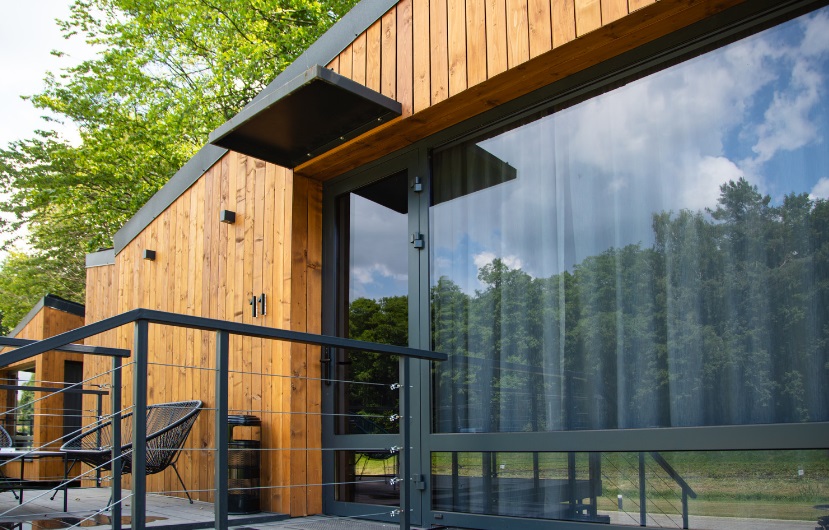Sustainable Carpentry in the UK in 2022
Sustainable Carpentry in the UK: Crafting a Greener Future
As environmental concerns grow and the demand for sustainable practices intensifies, the carpentry industry in the UK is undergoing a significant transformation. Sustainable carpentry focuses on using resources responsibly, minimizing waste, and promoting eco-friendly practices, ensuring that the trade can thrive while protecting the environment for future generations.
The Principles of Sustainable Carpentry
At its core, sustainable carpentry involves three main principles: sourcing materials responsibly, reducing waste, and implementing energy-efficient practices. These principles not only benefit the environment but also enhance the quality and longevity of carpentry work.
- Responsible Sourcing: One of the fundamental aspects of sustainable carpentry is the sourcing of timber. The UK is home to several certifications, such as the Forest Stewardship Council (FSC) and the Programme for the Endorsement of Forest Certification (PEFC). These certifications ensure that timber is sourced from sustainably managed forests that prioritize biodiversity and environmental health. By choosing certified wood, carpenters can contribute to responsible forestry practices, supporting ecosystems and communities.
- Waste Reduction: The carpentry sector often generates substantial waste through offcuts and discarded materials. Sustainable carpentry practices aim to minimize this waste through careful planning and efficient use of materials. Techniques such as precise cutting plans and reusing offcuts for smaller projects help reduce the amount of scrap generated. Additionally, carpenters are increasingly adopting recycling practices, repurposing old furniture, and using reclaimed wood, which not only reduces waste but also adds character to new creations.
- Energy Efficiency: Sustainable carpentry also encompasses energy-efficient building techniques. This includes using insulation materials that reduce energy consumption, designing buildings that maximize natural light, and employing energy-efficient heating and cooling systems. By incorporating these elements, carpenters can create spaces that are not only comfortable but also minimize their environmental impact over time.

The Role of Technology
Advancements in technology are significantly enhancing sustainable practices within carpentry. Computer-aided design (CAD) software allows carpenters to create precise plans, reducing material waste through accurate measurements. Additionally, machinery that optimizes cutting processes further decreases scrap.
Moreover, the rise of innovative materials, such as cross-laminated timber (CLT), presents new opportunities for sustainable building. CLT is a strong, lightweight material that can replace traditional steel and concrete in construction, offering a lower carbon footprint while also sequestering carbon dioxide throughout its lifecycle.
Challenges to Sustainability
Despite the clear benefits, the journey towards sustainable carpentry in the UK is not without challenges. One significant hurdle is the perception of cost. Sustainable materials and practices can sometimes be perceived as more expensive upfront, which may deter some customers. However, many carpenters emphasize the long-term savings associated with energy-efficient designs and durable materials, which ultimately can lead to lower maintenance costs and enhanced property values.
Another challenge lies in the need for greater awareness and education among both consumers and carpenters. While the demand for sustainable practices is growing, many consumers may still lack knowledge about the benefits of sustainable carpentry. Increased education and outreach can help bridge this gap, empowering consumers to make informed choices and encouraging carpenters to adopt greener practices.
Future Trends
Looking forward, the future of sustainable carpentry in the UK appears promising. With increasing government support for green building initiatives and growing public awareness of environmental issues, the industry is poised for growth. The UK government has set ambitious targets for carbon neutrality by 2050, which will likely drive further investment in sustainable building practices.
Additionally, as the circular economy gains traction, carpenters are finding new ways to integrate sustainable principles into their work. This includes designing for disassembly, allowing for easier repair and reuse, and creating modular buildings that can be adapted or expanded over time.
Sustainable carpentry in the UK represents a vital shift towards more environmentally friendly practices within the construction industry. By prioritizing responsible sourcing, waste reduction, and energy efficiency, carpenters are not only creating beautiful, functional spaces but also contributing to a healthier planet. As technology continues to evolve and public awareness grows, sustainable carpentry is set to become an integral part of the UK’s building landscape, fostering a greener future for all.

